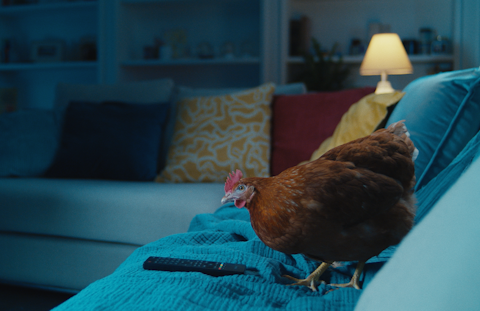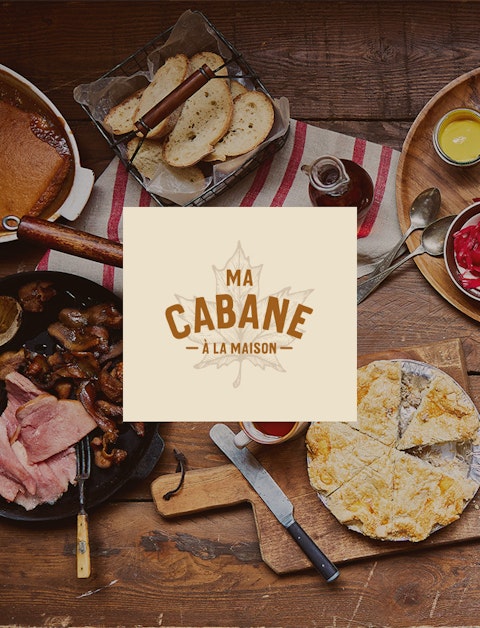Projects
STRAT • CREA • MEDIA -
We’re into meaningful relationships that last. Working as a team with our partners, we’ve been taking on the big challenges of small to medium-sized organizations for twenty years.
With a work ethic that's both disciplined and daring, we operate as a team to offer you a complete portfolio of services. From strategic planning, creation and design to rollout in the media, we take care of the whole package.
A team, a community, a real ecosystem.




